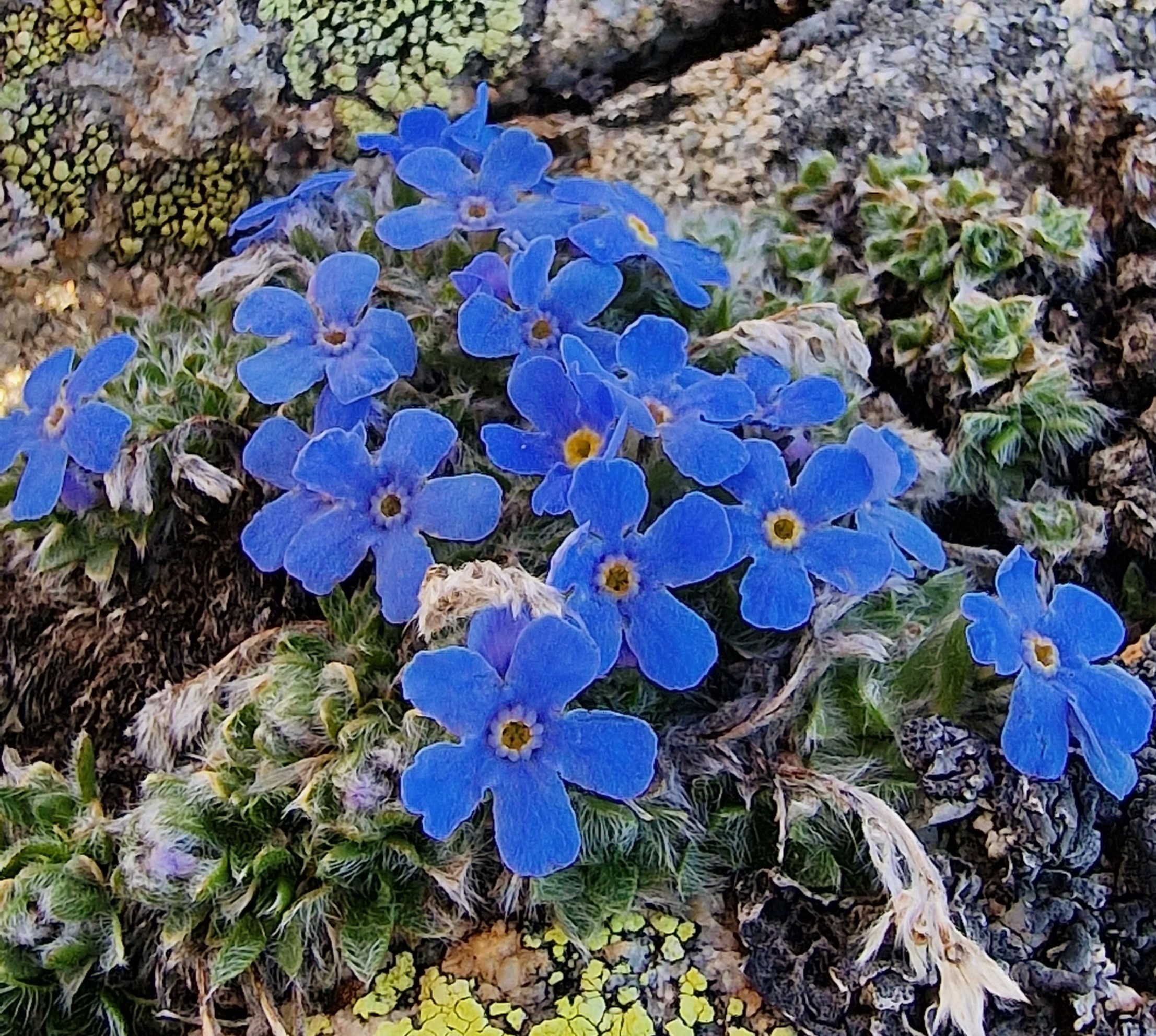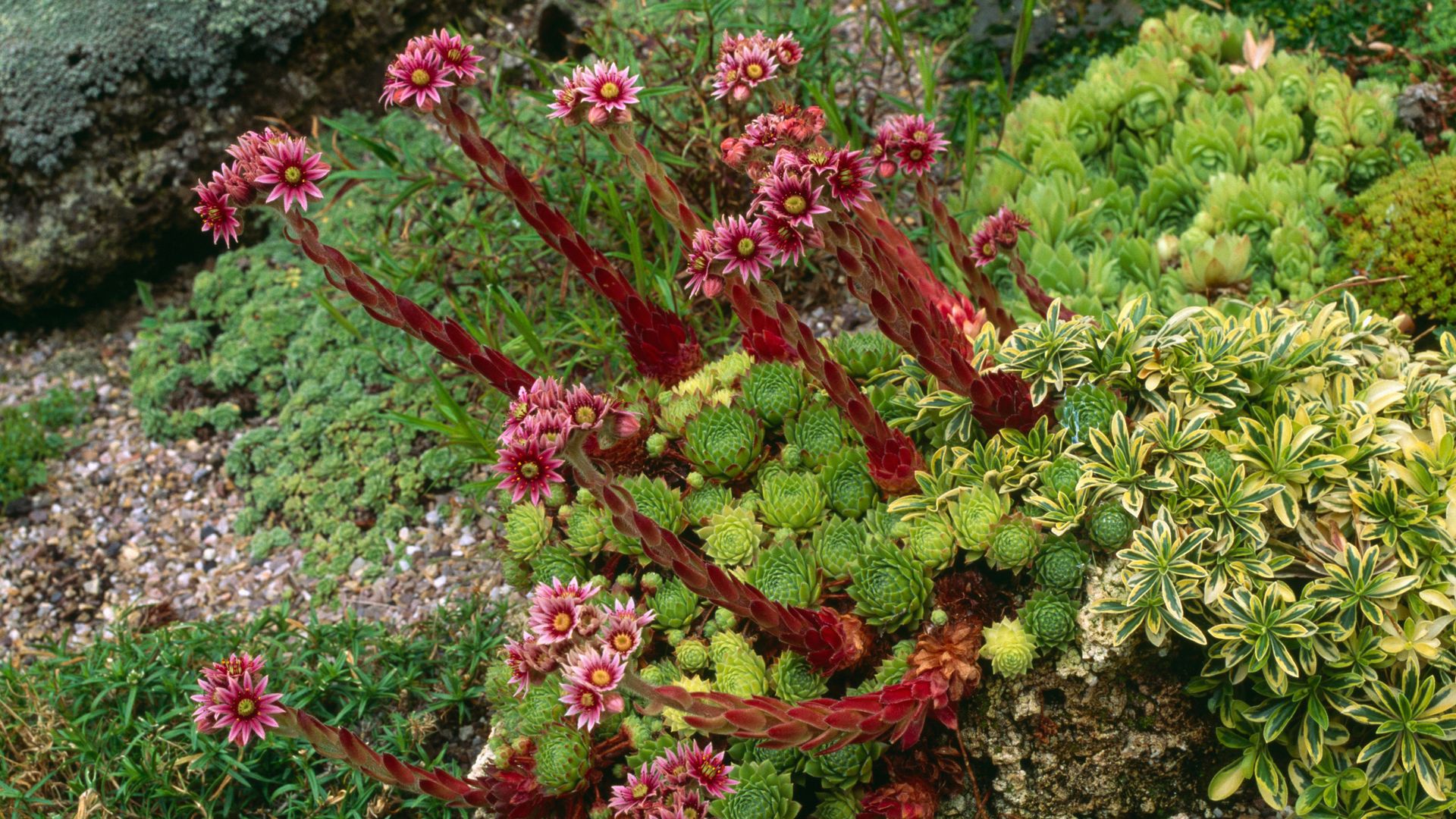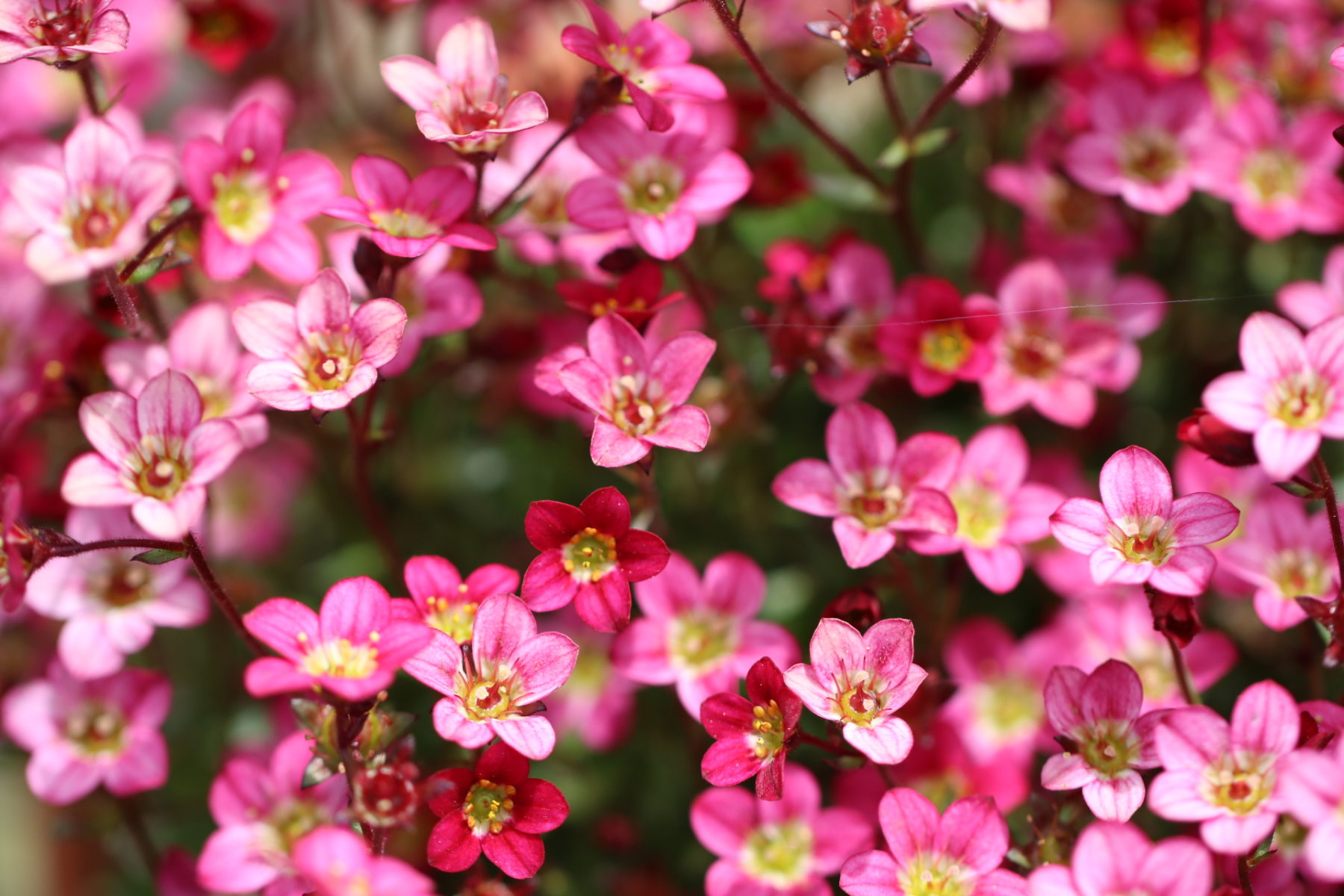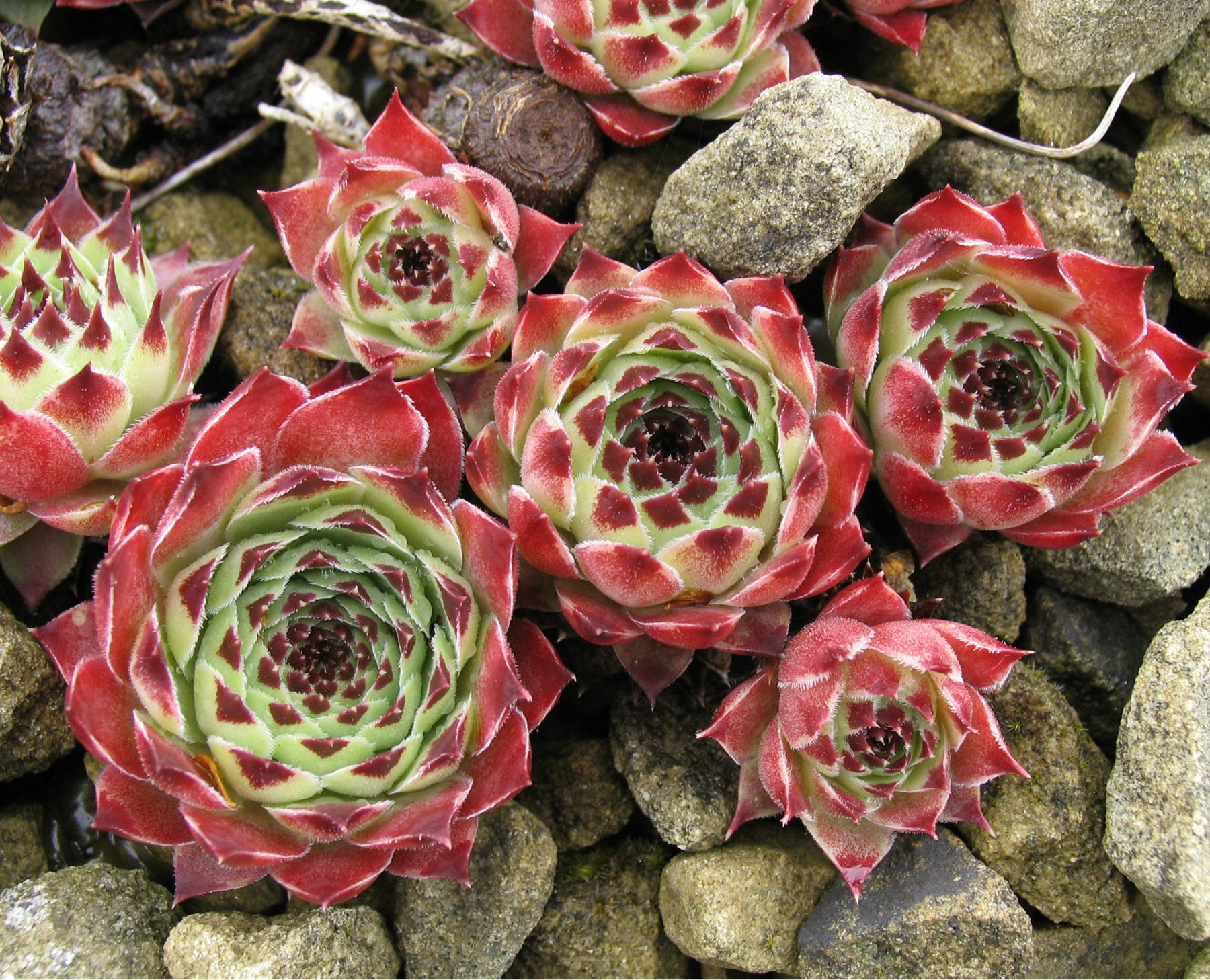Unlocking the Magic of Alpine Plants: Your Joyful Guide to Thriving High-Altitude Gardens

Alpine plants aren’t just pretty extras for your garden—they’re survivors bred by nature to endure extreme conditions most plants can’t handle. If you’re starting from scratch, figuring out how to grow these rugged little champions can feel like trying to crack a secret code. But stick with me here: the trick is stripping away all guesswork and focusing on what genuinely works, step-by-step, so you go from complete novice to confident alpine gardener without wasting time or money.

Here's where What Alpine Plants Really Are (And Why That Matters)
Before planting a single seed or seedling, get clear on what makes alpine plants special. These aren't your typical garden shrubs or perennials; they evolved in tough environments that shaped how they look, grow, and survive:
- Altitude: Usually above 2,000 meters (about 6,500 feet), where oxygen is thin and weather swings wildly.
- Climate: Cold most of the year with blazing sun during short growing seasons; nights can freeze even in summer.
- Soil: Think gritty gravel mixed with sand – poor in nutrients but excellent at draining water instantly.
- Build: Small size keeps them low to the ground avoiding wind damage; thick leaves often fuzzy or wax-coated to hold moisture.
- Shapes: Cushion-like mats hugging rocks, rosette-forming succulents close around the base, or tiny dwarf shrubs.
Picture a tight green pillow nestled into cracked granite under icy skies—that’s your mental model for classic alpine foliage.
Popular “starter” species reliable for beginners:
- Saxifraga (the rock-breakers): hardy ground-cover types that thrive in cracks
- Edelweiss (Leontopodium alpinum): famous white woolly flowers that scream mountain resilience
- Alpine asters (Aster alpinus): colorful yet tough perennials for bright patches
The takeaway? Alpine plants succeed when grown as close as possible to their native rocky, nutrient-poor habitats.
Starting Your Alpine Garden—The No-BS Beginner Blueprint
Step 1: Pick the Perfect Spot
Go for full sun—minimum six hours daily—but no blasting wind tunnels that shred delicate leaves. A south-facing slope or raised rock bed works best. Avoid flat clay-heavy patches where water clings like glue.
Step 2: Build Soil That Drains Like Crazy
Forget rich garden soil—you want fast-draining gritty mixes combining coarse sand and horticultural grit with just a pinch of compost (to avoid starving them). Aim for neutral-to-slightly alkaline pH around 6.5–7.5 depending on species specs.

Step 3: Choose Proven Starter Plants
Don’t stress about rare alpines yet. Grab dependable cultivars like:
- Saxifraga ‘London Pride’: forms dense cushions fast
- Arabis alpina (Rock Cress): low mound-forming shrub
- Sempervivum spp.: succulent rosettes that spread easily and bounce back from neglect
Step 4: Plant Smart
Dig shallow holes about twice root-ball width; plant with crowns barely touching soil surface (don’t bury deep). Add crushed gravel mulch around each plant base mimicking natural scree slopes and staving off rot-causing moisture buildup.
Step 5: Master Watering
Alpines hate soggy roots like poison.
Water only during dry spells—once weekly soak beats constant sprinkling which invites fungal attacks.
Trust me—I lost half my first batch flooding them with water daily before I learned this hard way.
Step 6: Seasonal TLC Without Spoiling Them
Feed only once early spring with diluted low-nitrogen fertilizer if growth looks weak.
Protect tender types from late frost using lightweight row covers but remove quickly during sunny days for airflow.
Patience is key here—they grow slow but steady beats sprint-and-burn every time.
Rookie Mistakes That Kill Alpine Dreams (And How To Dodge Them)
Most beginners trip over simple errors:

Error #1 – Overwatering
Seen too many start-ups drown alpines wasting money on fungicides later. Solution: build raised beds or amend soil aggressively with grit layers to guarantee drainage before planting anything sensitive.
Error #2 – Wrong Light Conditions
Planting shade lovers under scorching sun fries leaves quickly; full sun alpines in dusk shade sulk without flowering. Fix this by reading plant tags thoroughly and adjusting location seasonally—even cheap shading cloths help during heatwaves.
Error #3 – Overfeeding Like It’s Fertilizer Fest
Overloading nutrients creates lush easy prey foliage prone to rot rather than hardy compact growth typical of true alpines. Stick to minimal feeding schedules early spring only once per year max.
Error #4 – Sourcing Cheap or Unsuitable Stock
Buying random nurseries’ “alpines” rarely matches authenticity needed since genuine alpine nurseries specialize in correct genetics for your zone/local conditions—ask questions! Started off purchasing wild-collected seeds myself blindfolded resulted in near-zero germination rates until switching suppliers specialized exclusively in high-altitude natives.
Next-Level Moves Once You’ve Got The Basics Down
When your confidence builds past basic survival mode:

Mimic Nature With Microhabitats
Place rocks intentionally not just decoratively—they create tiny crevices retaining moisture but draining excess swiftly. Plant species like Draba take advantage of these microclimates naturally found on scree slopes.
Beyond Seed Starting—Propagate Like A Pro
Seeds are slow and unreliable sometimes:
- Divide mature clumps of Saxifraga in dormancy periods—you get instant clones
- Snip leaf cuttings off succulents (Sempervivum) which root fast indoors saving months
This cuts waiting times drastically while safeguarding favorite genetics identical to mom plant.
Soil Upgrade Using Mycorrhizal Fungi Inoculants
Introducing these beneficial fungi replicates natural symbiosis improving nutrient uptake efficiency especially important given poor native soils alpine plants evolved with—it’s a quiet game changer borrowed directly from ecological restoration science now affordable online via specialized suppliers such as "MycoGrow."
Climate Hacks For Frost & Heat Stress
Use thermal mass rocks near seedlings that absorb daytime heat releasing slowly overnight protecting roots from freeze damage.
Frost cloths held off air circulation temporarily prevent ice forming but remove midday so plants keep breathing optimally avoiding mold issues common with complete covers left on too long!
Tools & Resources Worth Your Investment
Skip gimmicks — invest smartly based on real utility I've seen over years:
| Item | Why You Need It |
|---|---|
| Horticultural Grit + Coarse Sand | For ideal gritty soil texture |
| Raised Bed Kits | Essential if local soil holds water |
| Sharp Bypass Pruners | Precise pruning & propagation cuts |
| Mycorrhizal Fungi Powder | Boosts root health, nutrient access |
| Local Alpine Plant Societies/Forums | Crowdsource tips & rare seed swaps |
| Specialized Alpine Nurseries | Reliable healthy stock avoids losses |
Avoid big-box garden centers offering random “alpines”—they usually sell generic ornamentals mislabelled causing growers frustration down the line!

Troubleshooting That Saves Your Sanity
If something feels off, here’s quick triage:
-
Yellow Leaves Despite Care: Likely overwatering/root rot or fertilizing too heavy—trim watering drastically + repot using fresh gritty mix removing any soft roots until recovery stabilizes.
-
No Flowers After Years: Probably incorrect light exposure or wrong variety picked—as odd as it sounds some alpines absolutely refuse to bloom without very specific day-lengths/temperature regimes mimicking mountain cues—try shifting sunnier spots &/or supplemental lighting indoors briefly pre-flower season known through grow-light experiments even hobbyists use now!
-
Pests Showing Up (Rare But Real): Aphids/spider mites mostly infrequent due to tough armor of alpines—but if infestation hits spray insecticidal soap weekly targeting underside leaves thoroughly; neem oil alternatives apply safely preserving pollinators nearby which remain vital despite pest fight ongoing balance efforts recommended widely by experts including organic alpine orchards successfully managed worldwide today!
Real-Life Wins From Beginners Getting Their Hands Dirty
Here’s proof it works beyond theory:
Urban Rooftop Rock Garden Win: A city newbie transformed tiny balcony into mini-alpine paradise using raised gravel beds loaded with Saxifraga ‘Goldmoss’, Sempervivums forming thick drought-proof carpets needing watering less than twice yearly after first establishment phase—a testament efficient space use combined foundation principles adapted creatively anywhere—even concrete jungles!
Backyard Rocky Patch Revival: One gardener took failing wild-collected seeds directly sown onto poorly draining clay; switched next year adding crushed limestone layers beneath starter beds plus very cautious fertilizing regimen slowing initial lush growth pushing hardening instead gradually building robust multi-species clusters thriving attracting pollinators increasing biodiversity… All this started simply by respecting natural alpine needs instead of forcing standard gardening habits onto them blindly wasted effort previously.
The Fastest Way To Jumpstart Your Alpine Journey Today
- Select sunny spot either outdoors/indoors capable of supporting raised bed/container system emphasizing drainage upfront—not later hoping luck will save soggy planting disasters (“hope isn’t strategy,” remember that).
- Mix together homemade gritty sandy-loam substrate testing small batches early adjusting ratios week-to-week based on watchful observation—the key skill here is becoming skilled observer more than jumping straight into big commitments blindly.
- Buy starter trio including dependable Saxifraga cultivar + one sempervivum + edelweiss seeds sourced exclusively from reputable alpine specialists vetted by community reviews ensuring healthy strong stock delivered legit recently avoiding countless horror stories newbies face due market flooded junk propagations cheaply sold unmarked!
- Follow watering regime religiously cutting volumes sharply after manual moist checks NOT calendar routines optimizing precise timing requiring ongoing minor seasonal adjustment dynamically responding naturally observed feedback signals (leaf texture dryness/root zone feel) preventing catastrophic fungal rot outbreaks common beginner pitfall through careless management.
- Engage actively in local alpine communities online/offline sharing progress questions experiences triumph setbacks alike gaining critical motivation catalyzing steady learning curve boost speeding mastery broadly recognized essential success factors rare information isolated elsewhere often missed newcomers blind-footed wasting precious time/money…
Alpine gardening isn’t rocket science but demands respect for their unique lifestyle shaped over millennia under harsh landscapes few fully comprehend initially until hands-on experience teaches patience textured by repeated trial/failure/refinement cycles turning clueless starters into confident stewards guarding miniature wild kingdoms carving beauty defiantly atop gravel heaps typically ignored by casual gardeners worldwide…
You now have a proven roadmap crafted through hard-earned insight across beginner struggles advancing toward expert understanding backed real-life examples—the rest depends purely on taking those first deliberate steps applying fundamental principles consistently nurturing small victories patiently growing stronger every season…
Time to stop guessing and start growing—your mountain oasis awaits!



